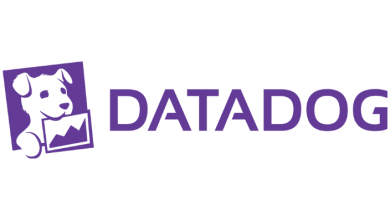
Zerve, an enterprise AI infrastructure startup based in Limerick, Ireland, has introduced what it calls the first multi-agent operating system purpose-built for large-scale data and AI development in enterprise environments. Unlike consumer-facing code assistants, the newly released Zerve 2.0 positions autonomous agents as full participants in the software lifecycle, capable of planning, coding, building, and deploying data products in close collaboration with human developers.
The launch marks a notable shift in the evolution of agentic AI tools, particularly for organizations looking to operationalize generative AI without relying on brittle or hard-to-integrate frameworks. The Zerve Operating System (OS) overlays existing infrastructure, cloud or on-premise, and introduces a visual collaboration interface for developers and agents to work side by side. Early adopters include NASA, Canal+, Hewlett Packard Enterprise, and Cubic, a software-defined vehicle firm.
“Zerve is hosted in your own environment, with your own SDLC policies, connected to your LLMs, data repositories, and SSO,” said Phily Hayes, CEO and Co-founder. “It gives your team and AI agents a secure, productive environment in which to explore, build, test, and deliver AI products in record time.”
Zerve’s agents are not limited to code suggestion. They autonomously orchestrate compute resources, troubleshoot errors, adapt to failed experiments, and manage data pipelines, much like a senior developer. Agents can also generate entirely new canvases, connect modular code blocks, and execute workflows across distributed systems.
One of Zerve’s signature technologies is The Fleet, a distributed compute engine that enables massively parallel execution using serverless infrastructure. This can be especially useful for high-volume LLM use cases where processing speed and cost containment are critical. Through simple action, The Fleet is designed to accelerate compute-heavy tasks without adding operational overhead.
Zerve 2.0 also includes an App Builder that allows data teams to ship AI-powered applications without relying on frontend or DevOps teams. Applications can embed Zerve Agents, enabling natural language interactions for end users, lowering the barrier to enterprise AI adoption.
The company emphasizes its infrastructure-native approach. Zerve integrates directly with enterprise identity systems, source control, and data repositories. It also handles compute provisioning behind the scenes, eliminating the manual work typically required to get AI workflows running at scale.
“Zerve’s OS provides the robust foundation we need to scale with confidence and accelerate meaningful outcomes,” said Richard Springer, Director of Data at Cubic.
The enterprise AI tools landscape is increasingly focused on usability, speed, and alignment with internal governance frameworks. While many offerings prioritize out-of-the-box models or prebuilt solutions, Zerve is staking its claim as a foundational platform to bring flexibility and scale to organizations with complex data and compliance needs. By combining multi-agent orchestration, a code-native environment, and infrastructure abstraction, Zerve is targeting a unique intersection of developers, data scientists, and IT leaders tasked with building real-world AI applications inside regulated or secure environments.
Zerve 2.0 is generally available now, with a free Community Tier SaaS offering available at https://app.zerve.ai.




